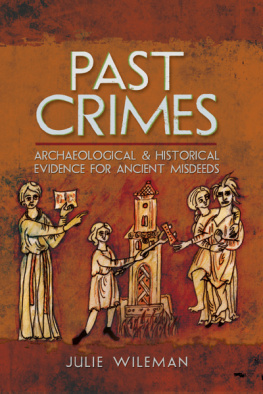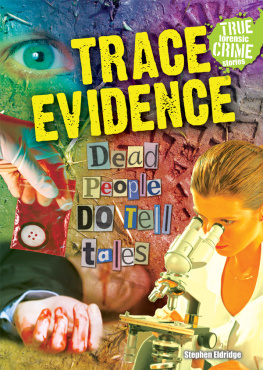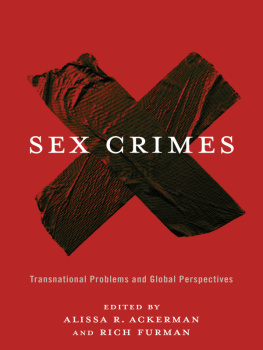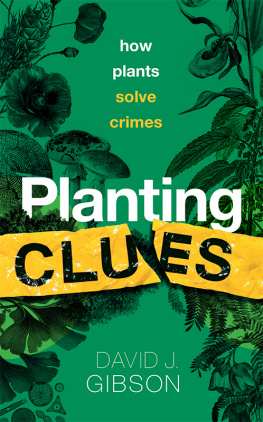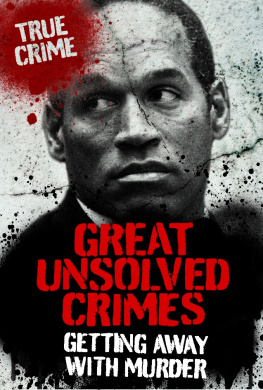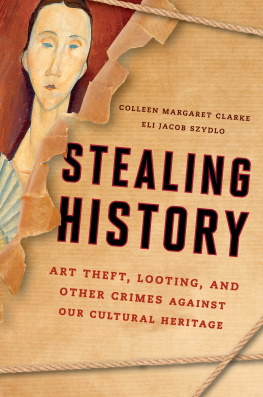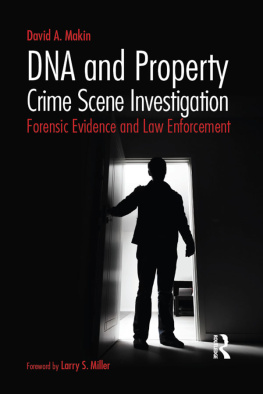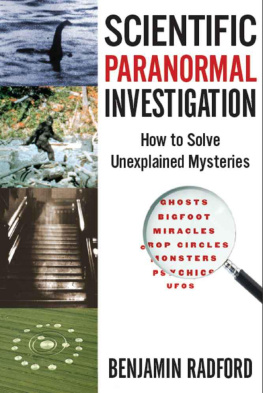First published in Great Britain by
PEN AND SWORD ARCHAEOLOGY
an imprint of
Pen and Sword Books Ltd
47 Church Street
Barnsley
South Yorkshire S70 2AS
Copyright Julie Wileman, 2015
ISBN: 978 1 47382 319 8
EPUB ISBN: 978 1 47385 979 1
PRC ISBN: 978 1 47385 978 4
The right of Julie Wileman to be identified
as the author of this work has been asserted by her
in accordance with the Copyright, Designs and Patents Act 1988.
A CIP record for this book is available from the British Library.
All rights reserved. No part of this book may be reproduced or transmitted
in any form or by any means, electronic or mechanical including photocopying,
recording or by any information storage and retrieval
system, without permission from the Publisher in writing.
Printed and bound in England by
CPI
Typeset in Liberation Serif by M. C. Bishop at The Armatura Press
Pen & Sword Books Ltd incorporates the imprints of
Pen & Sword Aviation, Pen & Sword Family History, Pen & Sword Maritime,
Pen & Sword Military, Pen & Sword Discovery, Wharncliffe Local History,
Wharncliffe True Crime, Wharncliffe Transport, Pen & Sword Select,
Pen & Sword Military Classics, Leo Cooper, Remember When,
The Praetorian Press, Seaforth Publishing and Frontline Publishing
For a complete list of Pen and Sword titles please contact
Pen and Sword Books Limited
47 Church Street, Barnsley, South Yorkshire, S70 2AS, England
Email:
Website: www.pen-and-sword.co.uk
Contents
List of Figures
List of Plates
Chapter 1
Archaeology, History, Crime and Punishment
Introduction
Murder, assault, thievery, fraud for as long as there have been groups of humans living together, these and many other forms of crime have been committed. In this book, we shall take a look at the record of crime and punishment in this and other countries, and at the contribution of archaeology, history and forensic science to the identification of crimes, victims and perpetrators, as well as forms of punishment. For earlier periods, archaeology must be our main source of information, while historical documents help to illuminate more recent events. Even when studying more recent times, however, archaeology is playing an increasing part in helping us to understand crimes and the ways in which societies have dealt with criminals.
In the 1970s and 1980s, police forces started to ask archaeologists to help find important evidence at scenes of certain types of crime. Subsequently, the methodology and skills of archaeologists were put into service for the investigation of other types of events, such as mass disasters, and the finding and identification of victims of war crimes. Today, the police and other agencies regularly employ forensic archaeologists to help them locate and evaluate material evidence at scenes of crime. Their job is to look for buried items to give names to victims and to find items that may help to identify criminals, such as the weapons used in the commission of an offence. They are also asked to help find bodies and to establish how and when they died and were buried. Some of the most harrowing work in this area occurs during the investigations of massacres committed as war crimes. Not only is the forensic archaeologist responsible for helping to identify victims for their families, but also to recover the evidence needed to prosecute their killers. Forensic archaeologists work at disaster scenes such as air crashes and tsunamis to identify the dead. In addition they also investigate ancient crimes, using modern forensic science to shed light on murders that took place centuries ago, and to try to determine whether a death found during excavation of an archaeological site was the result of unlawful killing, execution, accident, ritual or warfare.
The forensic sciences have a very long history, if not always firmly scientifically applied. In the medieval period, Chinese doctors learned how to distinguish causes of death, and fingerprints were used to validate documents, although they were not systematically recorded. One of the earliest stories about the use of a forensic approach to investigation suggests that, during the third century BC, Archimedes was asked to make sure that a golden votive wreath destined for a temple was actually pure gold, or whether a fraud had been committed. He could not damage the crown in any way. He realised that a wreath made of pure gold would be less buoyant than one to which a lighter metal had been added. He was able to prove that the wreath was fraudulent.
Physical evidence began to be used to identify criminals in the later eighteenth century, and analysis of the ink in a document is first recorded in Germany at the beginning of the nineteenth century, around the time when microscopes began to be used to identify bloodstains. Within a few decades, tests were establishing whether poison had been used, and providing ballistic evidence. The invention of photography added new dimensions to criminal investigations, both to identify convicted criminals and to record details of crime sites. Following earlier theorists, Sir Francis Galton published a book on fingerprints and their ability to help solve crimes in 1892. In the twentieth century forensic science began to be formally taught, the first university to offer courses being Lausanne, in Switzerland.
Medical, technical and photographic advances rapidly added to the tools available over the next hundred years, and new types of evidence were introduced forensic botany which is used to identify plants, pollen and other vegetable material at a crime scene or on a suspect, forensic entomology to study insect behaviour at crime scenes, isotopic analyses and DNA studies for identification of victims and criminals. The very first police crime laboratory was set up in Lyons in 1910. Since then, the use of computers and the worldwide web have enabled investigators to collate, compare and share information internationally.
Many police investigations require the application of normal archaeological skills, such as stratigraphic recording, sampling of soils and microfossils, and meticulous removal of even the tiniest scrap of materials and artefacts from the ground. The techniques used to study the minute details of the past have proved to be very useful in providing evidence for court prosecutions in the present.
Forensic archaeology
Forensic archaeology has been in the news lately in many countries, particularly Britain and the USA. Several cases have hit the headlines, such as the Jersey care home scandal and investigations into a possible serial killer in Margate. Following the discovery of two bodies at a house in the town, police believe that they may be on the trail of a serial killer who has been murdering women since the 1960s. Their suspect has moved around a great deal over the period and a number of addresses came under investigation. Forensic archaeologists examined the properties using the kind of equipment usually employed to identify archaeological sites, and have found a number of hot spots within the houses and gardens that may prove to be the locations of other murdered victims. DNA evidence is also being studied and may link the Margate crimes to as many as fifteen other cold case investigations.
The meticulous approaches and skills of archaeologists were used in a case in the Midlands, following the murder of a prostitute. Her body could not be found, but her DNA was present in the flat belonging to a suspect. In the yard behind the flat, detectives noticed the remains of a recent bonfire. Archaeologists were called in to excavate the layers of ash in the bonfire and discovered cremated animal bones, but in the lowest layer they found tiny burned fragments of what they recognised as human bone, as well as a tooth and a set of door keys, which were identified as being those of the victim. In other cases, archaeologists have been able to find possible burial places of murder victims, and also to exclude certain areas from an investigation because they could demonstrate that these had lain undisturbed since before the crime.
Next page
